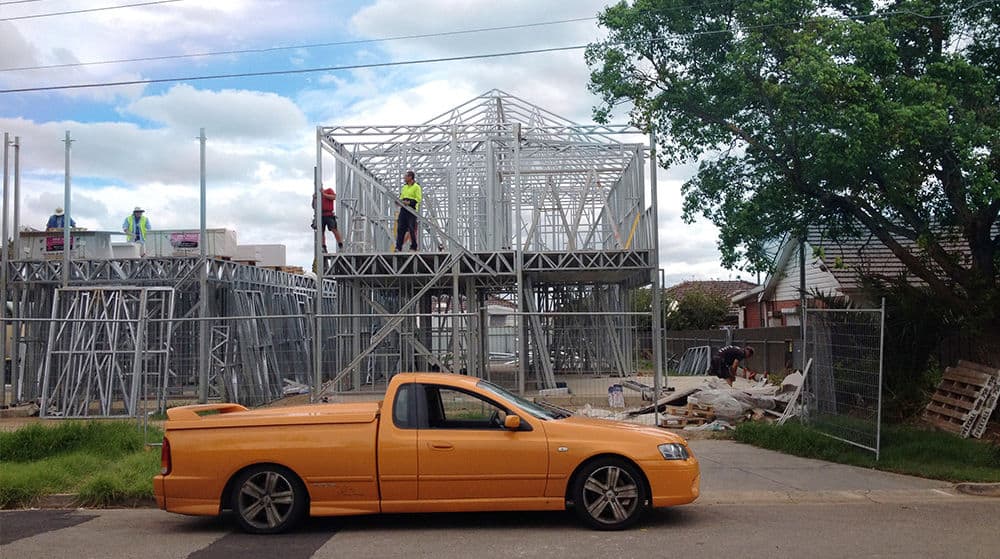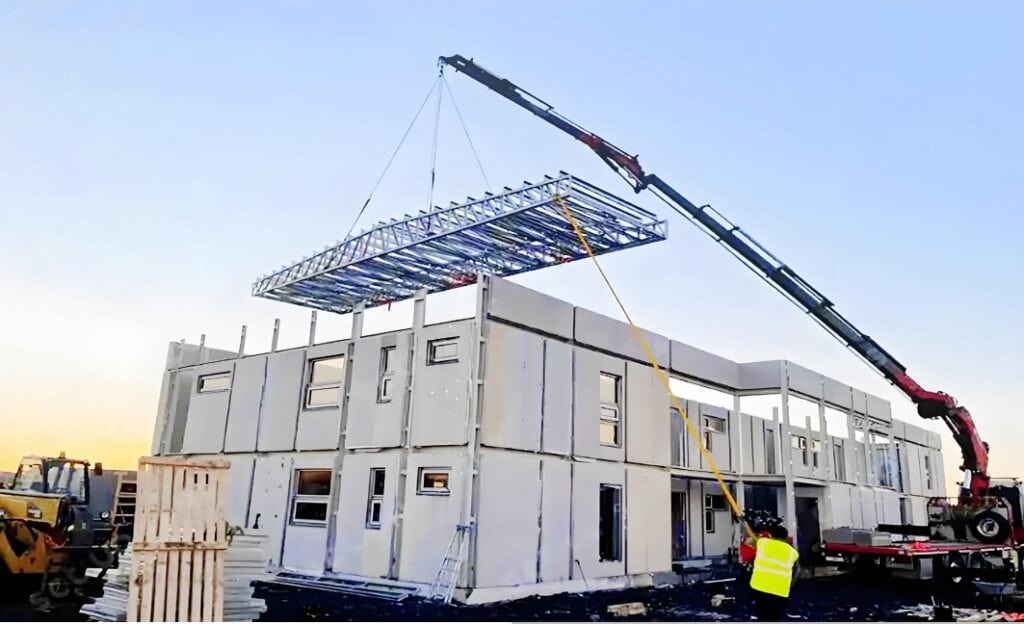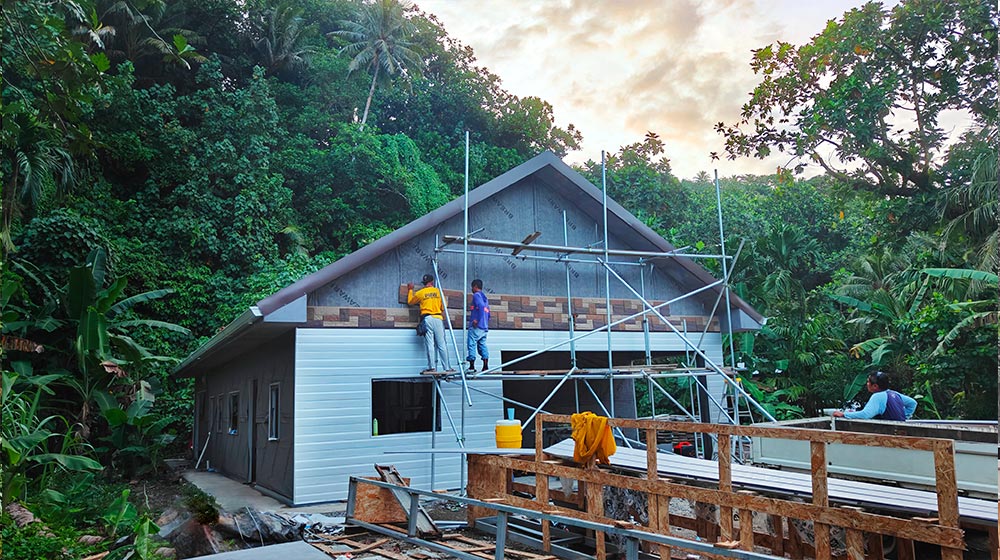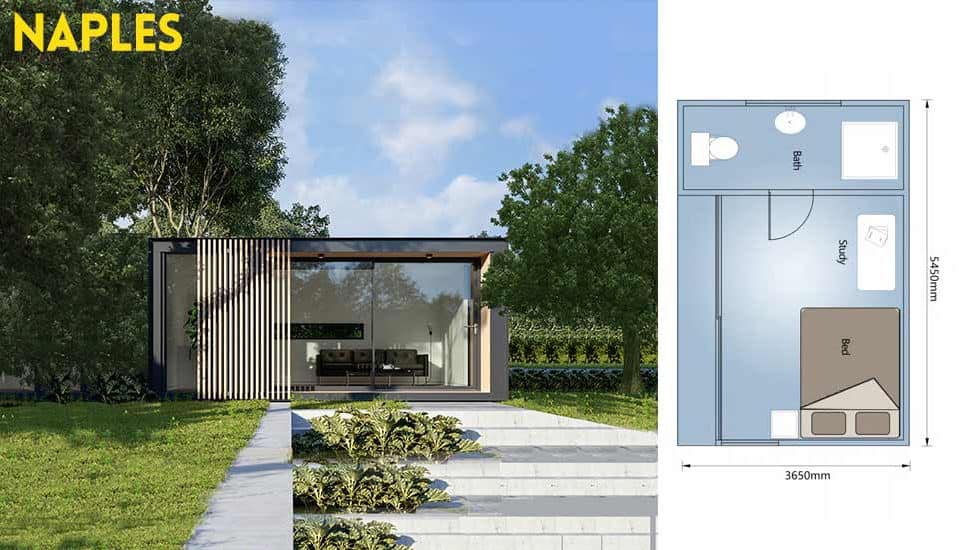Introduction
As geopolitical tensions and economic priorities evolve, the U.S. tariff policy remains a critical variable shaping global trade dynamics. By 2025, China’s light steel frame (LSF) export industry—a cornerstone of modular and prefabricated construction—faces both renewed challenges and opportunities under potential shifts in U.S. trade strategy. This blog analyzes projected scenarios for 2025 tariffs and their ripple effects on Chinese exporters, while exploring actionable strategies to thrive in a volatile landscape.

1. The 2025 Tariff Outlook: Three Probable Scenarios
Scenario 1: Escalation (25-30% Tariffs)
-
Drivers: Continued U.S.-China strategic competition, focus on reshoring manufacturing.
-
Impact:
-
Cost Surge: Export prices could rise by 18-35%, further eroding China’s cost advantage.
-
Market Loss: U.S. buyers may shift to ASEAN or Mexican suppliers (e.g., Vietnam’s LSF exports grew 25% annually since 2022).
-
Scenario 2: Status Quo (15-25% Tariffs)
-
Drivers: Political stalemate, moderate decoupling.
-
Impact:
-
Niche Survival: High-end, certified Chinese LSF products (e.g., seismic-resistant designs) retain market share.
-
Consolidation: Smaller Chinese exporters merge or exit, leaving dominant players like Zhongjie Steel and Broad Homes.
-
Scenario 3: Partial Rollback (10-15% Tariffs)
-
Drivers: U.S. affordable housing crisis pressures policymakers; bilateral climate partnerships.
-
Impact:
-
Demand Revival: Chinese LSF exports to the U.S. rebound by 20-40%, targeting modular housing for low-income projects.
-
Green Incentives: Tariff exemptions for carbon-neutral LSF materials (e.g., recycled steel frames).
-
2. Sector-Specific Vulnerabilities and Opportunities
a. Residential Construction
-
Threat: U.S. tariffs on prefab housing kits (HS 9406) may hit $2.1B in Chinese exports.
-
Opportunity: Partner with U.S. developers for offshore fabrication—e.g., assemble modules in Mexico to qualify for USMCA tariff exemptions.
b. Commercial & Industrial
-
Threat: Steel-intensive warehouses/factories face higher tariffs (up to 30% under Section 232).
-
Opportunity: Promote hybrid designs (LSF + local timber/concrete) to reduce steel content and tariff liabilities.
c. Disaster-Relief Housing
-
Wildcard: Post-crisis demand surges (e.g., hurricanes, wildfires) could trigger temporary tariff waivers for Chinese LSF suppliers.
3. Strategic Adaptations for Chinese Exporters
a. Localize to Circumvent Tariffs
-
Nearshoring: Establish LSF factories in Mexico (auto-parts ecosystem) or Canada (cross-border logistics).
-
Example: China Construction Steel’s Monterrey plant cut U.S. delivery times to 7 days, bypassing tariffs.
-
-
Joint Ventures: Collaborate with U.S. firms to produce “Assembled in USA” LSF components.
b. Digitize Compliance and Marketing
-
AI-Powered Tariff Tools: Platforms like GlobalTradeAI predict HS code shifts to minimize duties (e.g., classifying LSF panels as “construction services”).
-
Virtual Reality Showrooms: Showcase factories and certifications (e.g., ICC-ES, UL) to bypass travel restrictions.
c. Lead the Green Transition
-
Carbon-Neutral Certification: Adopt EcoLabel standards for LSF production, aligning with U.S. Inflation Reduction Act (IRA) subsidies.
-
Recycled Steel Advocacy: Market LSF as “circular economy-ready” (98% recyclability) to eco-conscious U.S. builders.
4. The Role of Policy and Diplomacy
-
Lobbying: The China Light Steel Association pushes for LSF inclusion in U.S. GSP (Generalized System of Preferences) for developing nations.
-
Climate Alliances: Leverage U.S.-China climate dialogues to frame LSF as a low-carbon solution for urban housing.
Conclusion
The 2025 U.S. tariff landscape for China’s LSF sector is fraught with uncertainty but rich with innovation potential. Success will hinge on agility—whether through nearshoring, digital tools, or sustainability leadership. For Chinese exporters, the message is clear: Adaptability is the new competitive edge
 .
.



